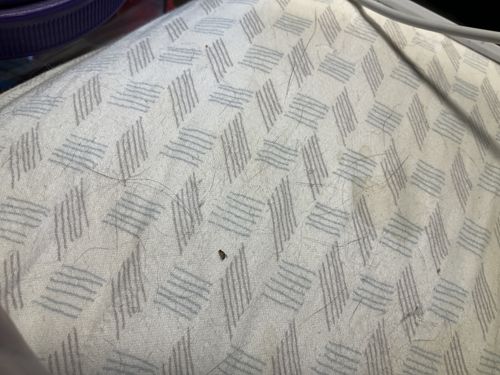Flea
Scientific Name: Ctenocephalides felis (Cat Flea, most common species on pets and often found on humans), Ctenocephalides canis (Dog Flea), Pulex irritans (Human Flea)
Order & Family: Order: Siphonaptera, Family: Pulicidae (common fleas, e.g., Cat Flea, Dog Flea, Human Flea)
Size: 1.5 to 3.3 mm (males typically smaller than females)

Natural Habitat
Fleas typically live on the bodies of their animal hosts. However, their eggs, larvae, and pupae are often found in the host's environment, such as bedding, carpets, cracks in floors, and other sheltered areas indoors or outdoors where hosts rest.
Diet & Feeding
Adult fleas are obligate hematophagous parasites, meaning they feed exclusively on the blood of their animal hosts (mammals and birds). Larvae feed on organic debris, including adult flea feces (which contain undigested blood).
Behavior Patterns
Fleas are excellent jumpers, able to leap great distances relative to their size. They are parasitic and spend much of their lives on a host, feeding on blood. They can reproduce rapidly under favorable conditions, laying eggs that often fall off the host into the environment.
Risks & Benefits
Risks: Fleas are a significant nuisance to pets and humans, causing itchy bites, skin irritation, and allergic reactions (flea allergy dermatitis). They can also transmit diseases, such as tapeworms (Dipylidium caninum) and, historically, the bubonic plague (Yersinia pestis). Benefits: In some ecosystems, they can be part of the food chain for other insects or small animals, but their overall ecological benefit is minimal compared to their parasitic impact.
Identified on: 8/27/2025